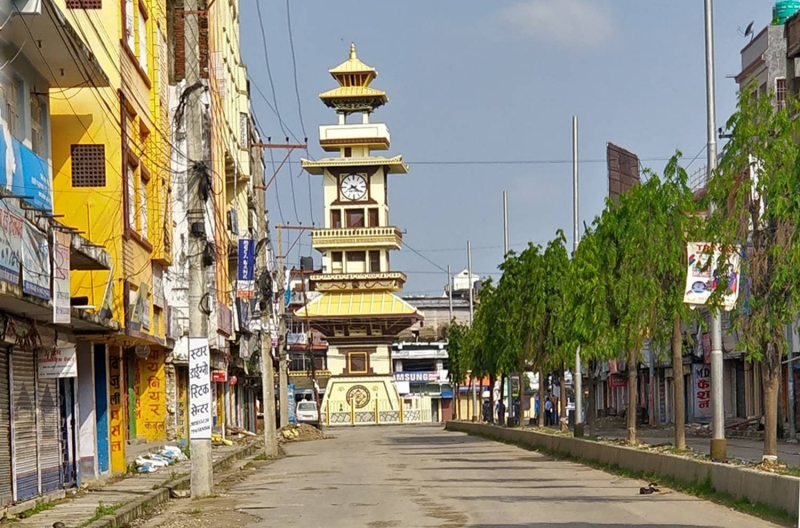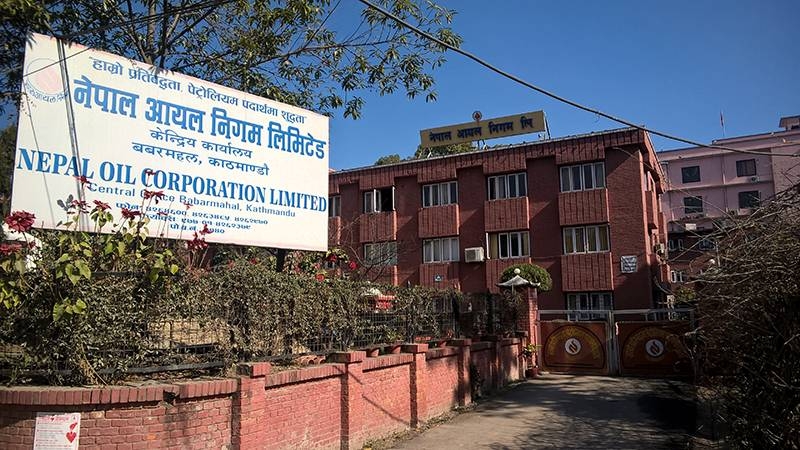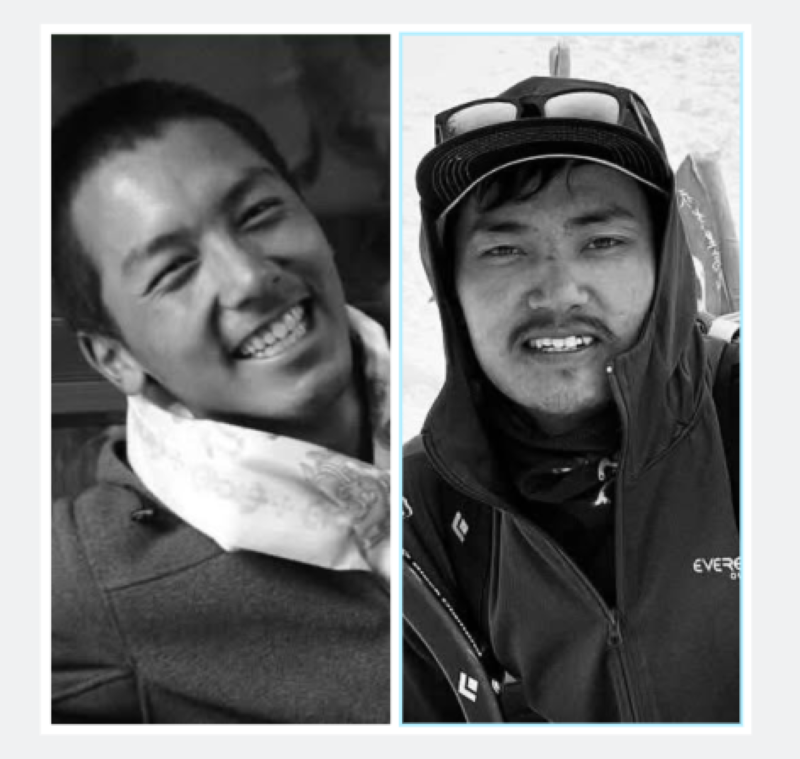This is my story
This is my story
ByPublished: 12:00 am Aug 17, 2006
Indigenous women activists have flayed the idea of 33 per cent reservation for women on grounds that it was neither the Janajati women’s demand nor the Jana Andolan II’s mandate. These activists are of the view that the government’s announcement of women’s quota was a result of the so-called high-caste ‘feminists’ demand and, therefore, irrelevant to them as it fails to address their specific concerns. They clarify that their issues are quite different from the ones championed by the other women groups. Most of the indigenous communities give the impression that they are matriarchal in nature and the women’s right to property is not necessarily a bone of contention. Contrarily, Janajati women are fighting for their right to self-determination, and preservation and promotion of their languages along with their indigenous skills and technology.
As all the indigenous communities are not Hindu by faith and have different value systems, they should not be dictated by Hindu norms alone. The policy-makers may have to bring about modifications in the policies as they relate to preserving and promoting indigenous identities with more stress on women’s concerns. This is how the policy of proportional representation at the decision-making level could be made to happen. The demands of the Janajati women can no more be put on a backburner or else the government’s promise of an all-inclusive governance will have confined itself to rhetoric only. After all, it’s the government’s bounden duty to uplift the weaker sections without any bias. And any let down is plainly preposterous.





